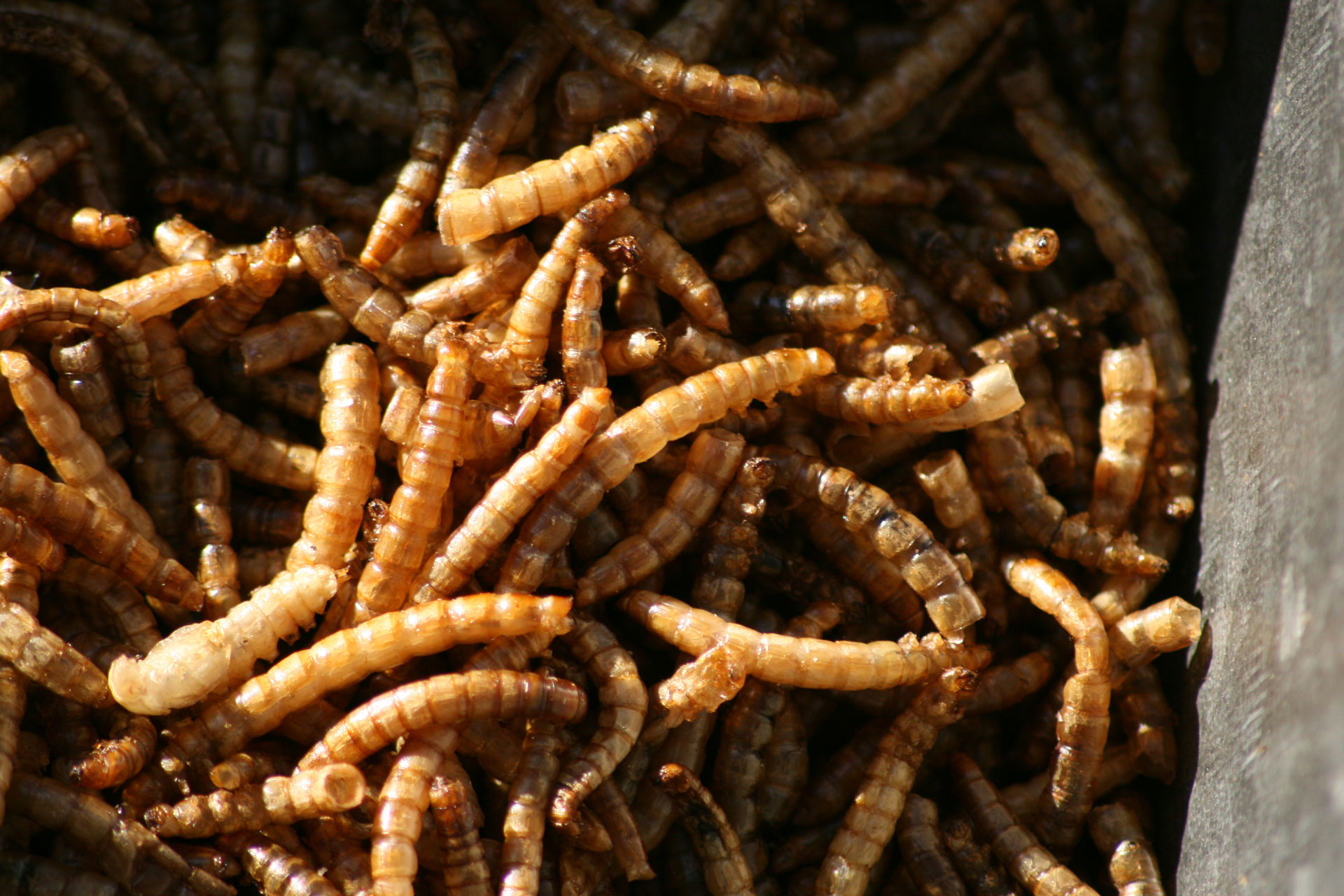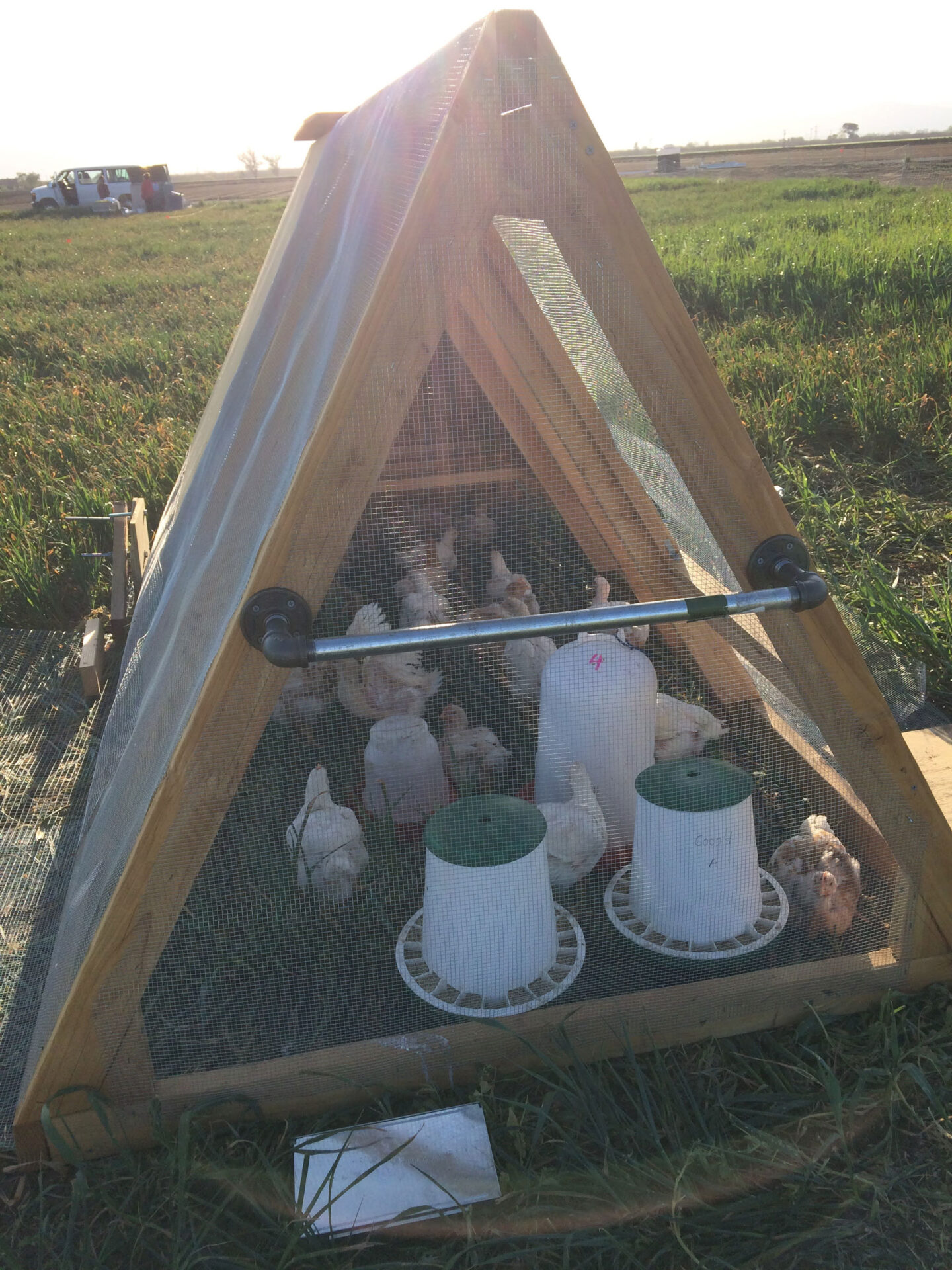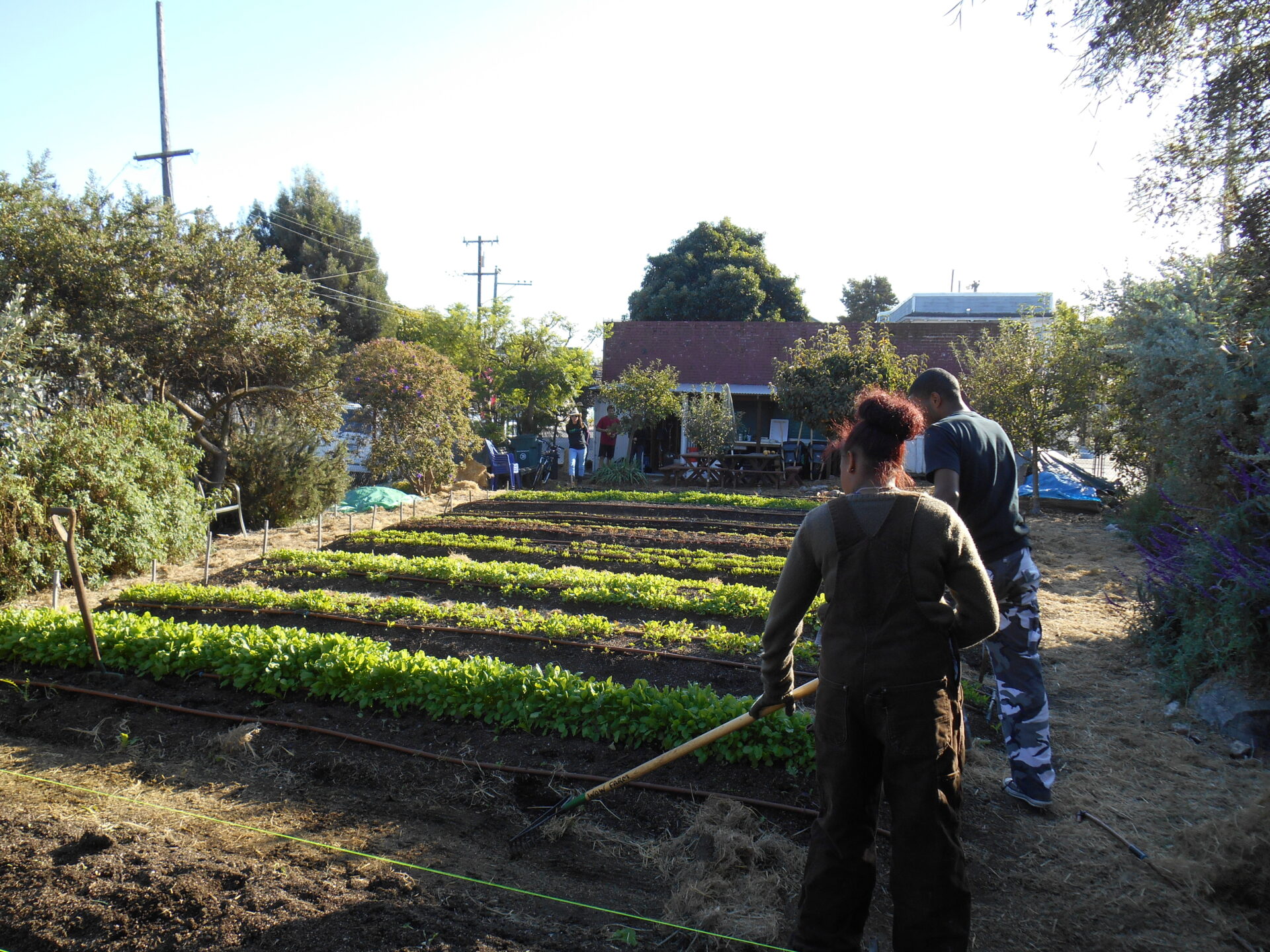The green rush is on! With a lot of people attempting to get into the hemp market right now, the pace is fast and furious. Unfortunately, the horror stories are starting to emerge in the mix of the big gains. It seemed many people just jumped in with both feet without truly thinking it out. Some blocks were smaller than an acre, up to a 900 acre facility we visited in the desert this year. Many “green thumbers” and green house farmers attempted to grow outdoors and found out there is more to farming than just planting and watering, in a bit more hostile environment. For a few brave souls, the draw of bigger returns compelled them to go the extra mile and grow hemp for feminized seed.
As most of you know, growing hemp for seed has its own rules and parameters. You have to have a clean field, proper spacing, great timing, no neighbors with male plants (at least 3 miles away!), and flipped females to males timed for pollen production to match the flower. And then the fun begins. Continual testing for low THC levels, the threat of mites, gophers and root issues, early rains, dehydration, combining, sorting, grading, germination and certification caused many sleepless nights. No big deal right? Right.
There are quite a few things to consider if you are attempting to grow hemp for feminized seed. Here are a few of our most important items to consider:
Plan your field accordingly. If you have the potential for gopher issues, you can border up and flood your field to eliminate most of them from the get go. Get your field level, not only for initial flood, but deviations in elevation, especially at your perimeter make for tough turns with a cultivator in tow. We witnessed quite a few people try to plant every available inch by stretching their borders to the limits, only to have major frustration with future tractor work. Have an irrigation designer plan your system. New technology and monitoring will help dial in your water, pressure, movement and soil moisture levels. Knowing exactly how deep and wide your water moves over time will allow you to control your inputs with more perfection. Spread your soil amendments before bedding up to blend them into the beds with more uniformity. If you are planting your field on 60” beds with a five row planter, leave skips on every fifth row to eventually plant your males when flowering progresses. It’ll make planting the males from pots much more efficient. On our personal fields, we had to run additional surface drip lines to accommodate potted male plants in season, and it made for some extra logistical hurdles. If you aren’t growing and flipping your own male plants, contract with a reputable transplant company and/or greenhouse to ensure a timely delivery. Getting plants late can have a dramatic effect on a good pollination window. It is important to start early with that process as well. Placing male plants at 1 foot tall into a field with 4 foot females can greatly reduce the even spread of pollen. After pollination, be prepared to leave the plants in the field until the seeds are ready. Early harvest due to weather can greatly diminish the yield of your higher quality seeds. Plan to have a dehydrator in place in case weather eliminates the ability to dry in the field. Your plants have to be crispy if you are planning on using a combine to extract seeds. When the weather came this year, many growers had to leave their plants on drainable tarps in the field and cover them with plastic in wet weather. Removing the plastic and letting them air dry in the sun after rains is labor intensive and a thought many won’t consider on their budget. Having a dehydrator ready can eliminate much of this extra effort.
It is important to consider the effects of weather, genetics and nutrition on THC production. Pouring thousands, hundreds of thousands, or even millions of dollars into a project only to have to disc it under does not fit anyone’s profitability plan. As seed production ramps up, we have seen THC levels drop in the flower, which can help if growing plants for seed. But at any point, government officials stepped in this year and demanded field destruction for many farmers. Good genetics and happy, unstressed plants seemed to weather the cycles much better this year. Do your homework.
Last but not least, have a security plan in place. The expense of security, or lack thereof, and consequential reduction in yield due to theft is a significant line item. Unfortunately, many of our growers were not prepared for this and lost as much as 5 acres to thieves thinking it was traditional cannabis. Think about that; five acres, thousands of plants, gone overnight! “No THC, Industrial Hemp” signs posted around your property do not dissuade thieves, as once they can smell it, they think its cannabis and the signs are just a farmer’s masked deterrent. Hiring 24 hour security a month or two before seed harvest is going to be the norm. You have to prepare for that in your budget and scheduling.
The numbers are real. Variations from $0.05 per seed to over $1.00 per seed were realized in 2019. 2020 should be no different as the market continues to expand. The demand seems to still be in effect for quality seeds. Tens of thousands of seeds per pound and several pounds per acre can definitely happen. But you have to be diligent, and more importantly, prepared for all contingencies to be successful with seed production. We witnessed too many operations this year that planted too late, too hot, too dense, too close to other farms, in areas with significant early frost potential, with no plan for processing, etc…. Don’t get caught unprepared. The green rush is real and he gains may last another year or more, but so will the pitfalls. Hedge your bet with preparation for the contingencies and the green your field will be the green in your return. All your hard work and diligence will have your friends green with envy!






